One of our favorite adventures is to visit Catholic churches, cathedrals and basilicas and search for the patron saints of hunters, St. Hubert and St. Eustache, in their stained glass windows, murals, or statutes. Some may call it a strange thing to do on holiday, but foxhunting folks might understand the significance. These saints are near and dear to our hearts.
St. Eustace
and the Stag
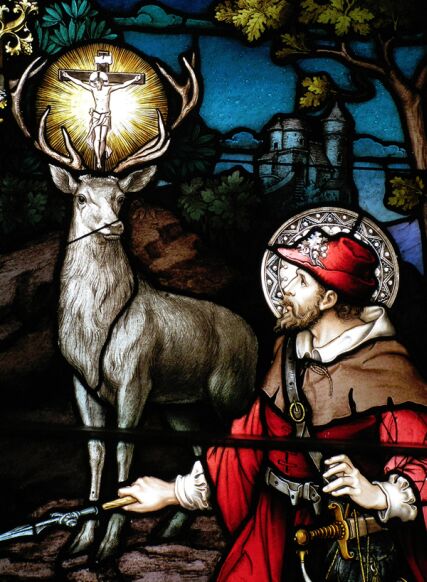
|
|
From www.fisheaters.com Eustace, which first was named Placidus, was master of the chivalry of Trajan, the emperor, and was right busy in the works of mercy, but he was a worshipper of idols. And he had a wife of the same rite, and also of the deeds of mercy, of whom he had two sons, which he did do nourish after his estate. And because he was ententive to the works of mercy, he deserved to be enlumined to the way of truth. So on a day, as he was on hunting, he found an herd of harts, among whom he saw one more fair and greater than the other, which departed from the company and sprang into the thickest of the forest. And the other knights ran after the other harts, but Placidus siewed him with all his might, and enforced to take him. And when the hart saw that he followed with all his power, at the last he went up on a high rock, and Placidus approaching nigh, thought in his mind how he might take him. And as he beheld and considered the hart diligently, he saw between his horns the form of the holy cross shining more clear than the sun, and the image of Christ, which by the mouth of the hart, like as sometime Balaam by the ass, spake to him, saying: Placidus, wherefore followest me hither? I am appeared to thee in this beast for the grace of thee. I am Jesu Christ, whom thou honourest ignorantly, thy alms be ascended up tofore me, and therefore I come hither so that by this hart that thou huntest I may hunt thee. And some other say that this image of Jesu Christ which appeared between the horns of the hart said these words. And when Placidus heard that, he had great dread, and descended from his horse to the ground. And an hour after he came to himself, and arose from the ground, and said: Rehearse again this that thou hast said, and I shall believe thee. And then our Lord said: I am Jesu Christ that formed heaven and earth, which made the light to increase, and divided it from darkness, and established time, days, and hours. Which formed men of the slime of the earth, which appeared on earth in flesh for the health of the lineage human, which was crucified, dead, buried, and arose the third day. And when Placidus heard this, he fell down again to the earth, and said: I believe, Lord, that thou art he that made all things, and convertest them that err. And our Lord said to him: If thou believest, go to the bishop of the city and do thee be baptized. And Placidus said to him: Lord, wilt thou that I hide this thing from my wife and my sons? And our Lord said to him: Tell to them that they also make them clean with thee. And see that thou come again to-morrow hither that I appear again to thee, and may show to thee that which shall come hereafter to thee. And when he was come home to his house, and had told this thing to his wife in their bed, she cried: My Lord! and said: And I saw him this night that is passed, and he said to me: To-morn thou, thy husband, and thy sons, shall come to me. And now I know that it was Christ. Then they went to the bishop of Rome at midnight, which baptized them with great joy, and named Placidus, Eustace, and his wife, Theospis.
THE LEGEND OF ST. HUBERTUSFrom https://www.iosh-usa.com/about-us/history-of-the-orderSt. Hubert was born circa A.D. 656, probably in Toulouse, the son of the Duke of Aquitaine. He was prominent in the Merovingian Court at Metz, and after the death of his wife following childbirth, was devoted to all forms of pleasure, particularly stag hunting. According to legend, on Good Friday c. 684, as he was hunting stags in the forest of Ardennes rather than attending church services, he came upon a magnificent animal which he was intending to take, until he saw that the stag had a golden cross between his horns. At that point St. Hubert had a Holy vision that he was to forsake his hedonistic ways, divest all of his worldly possessions and devote his fortune and life to helping the poor. After a subsequent life of piety, he became a very respected and successful Bishop. He died in A.D. 727 and his remains were translated to Amdain (now Saint- Hubert, Belgium). St. Hubert was widely venerated during the Middle Ages and thereafter. His grave has been a pilgrimage site for nearly 1300 years. His symbol — the stag’s head and golden cross — is a familiar sight all over Europe. In A.D. 1695, Austro-Hungarian Count Franz Anton Sporck instituted the Order of St. Hubertus to honor St. Hubert’s memory and to promote responsible hunting and wildlife conservation. This order continues to this day as the International Order of St. Hubertus. The motto of the Order is “Deum Diligite Animalia Diligetes,” or “Honor God by Honoring His Creatures.” The date of November 3rd is the Feast Day of St. Hubertus. It is celebrated each year at the Basilica where he is buried as well as throughout the hunting world in Europe. At the Basilica the hunting horns are blown and hunters on horses with their barking dogs enter into the church for a blessing. The members of IOSH celebrate St. Hubert’s Feast Day with dinners and/or shooting activities. The convulsions of World Wars I & II led to the dissolution of the Order. After the Second World War, however, the Order was revived by U.S. Ambassador to Austria and American High Commissioner Llewellyn Thompson, along with Commanding General Mark W. Clark, U.K. Ambassador Sir Harold Caccia, the British High Commissioner, Dr. Albert Messany of Austria and Austrian Chancellor Leopold Figl. The current Grand Master is His Imperial and Royal Highness, Istvan Franz von Habsburg-Lothringen, Archduke of Austria and Royal Prince of Hungary. Consistent with the creed of the Order, the Grand Master invites outstanding sportsmen who share a passion for hunting, fishing, and conservation, to become Knights of the Order and thereafter to promote sportsmanlike hunting, wildlife conservation, protection of the environment and wildlife habitat, traditional hunting customs and ceremonies, and good fellowship among sportsmen. |

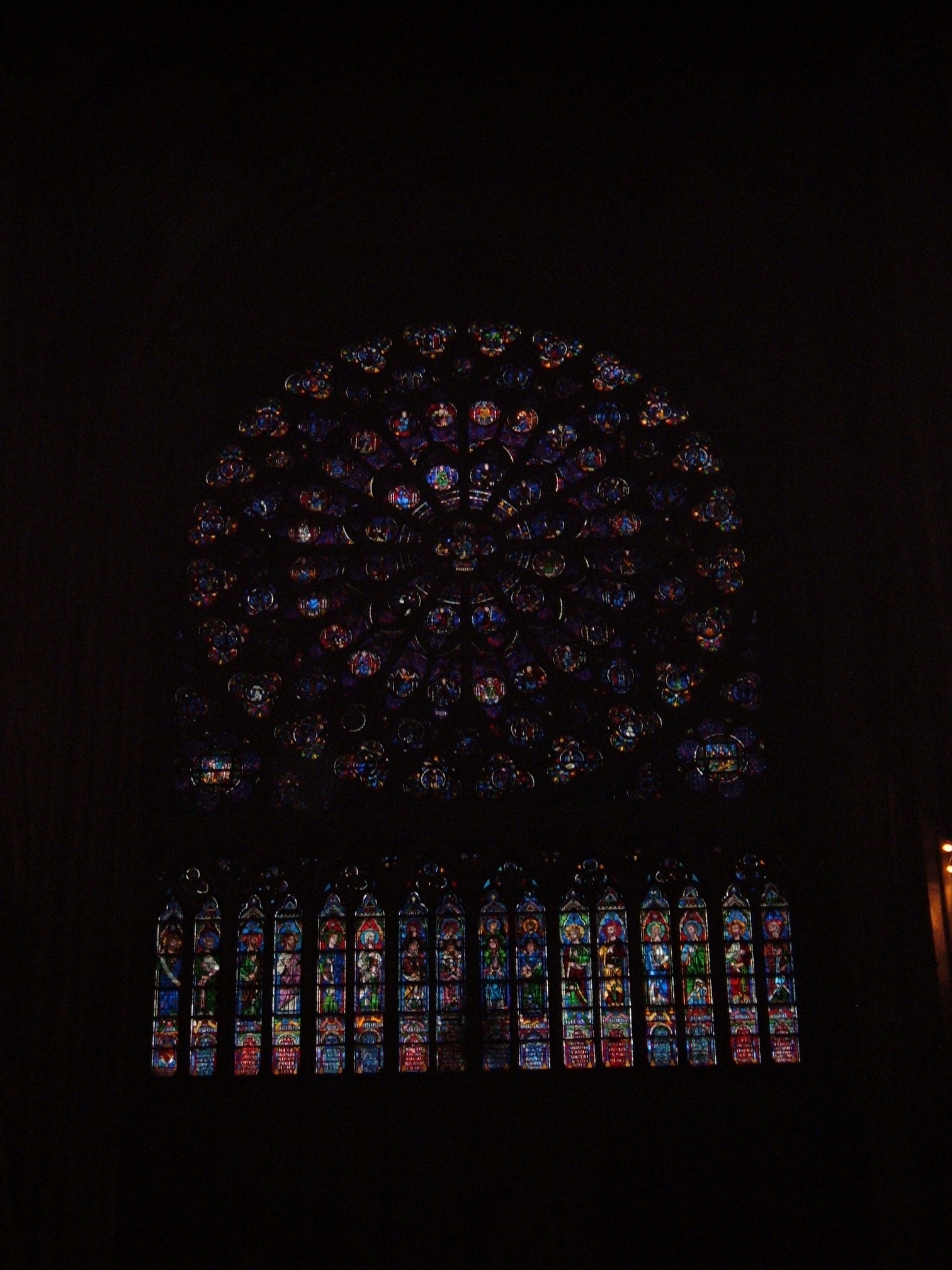



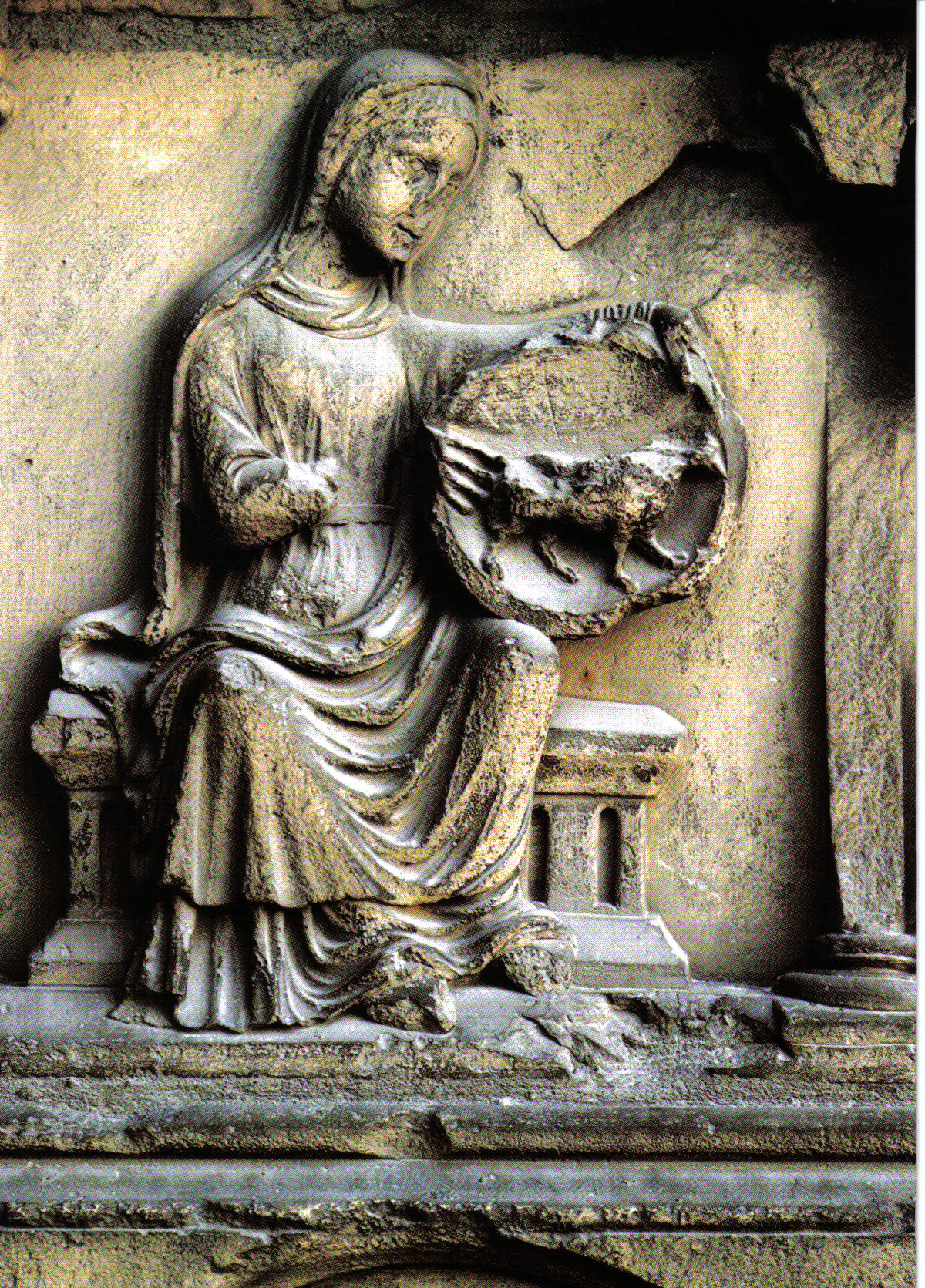
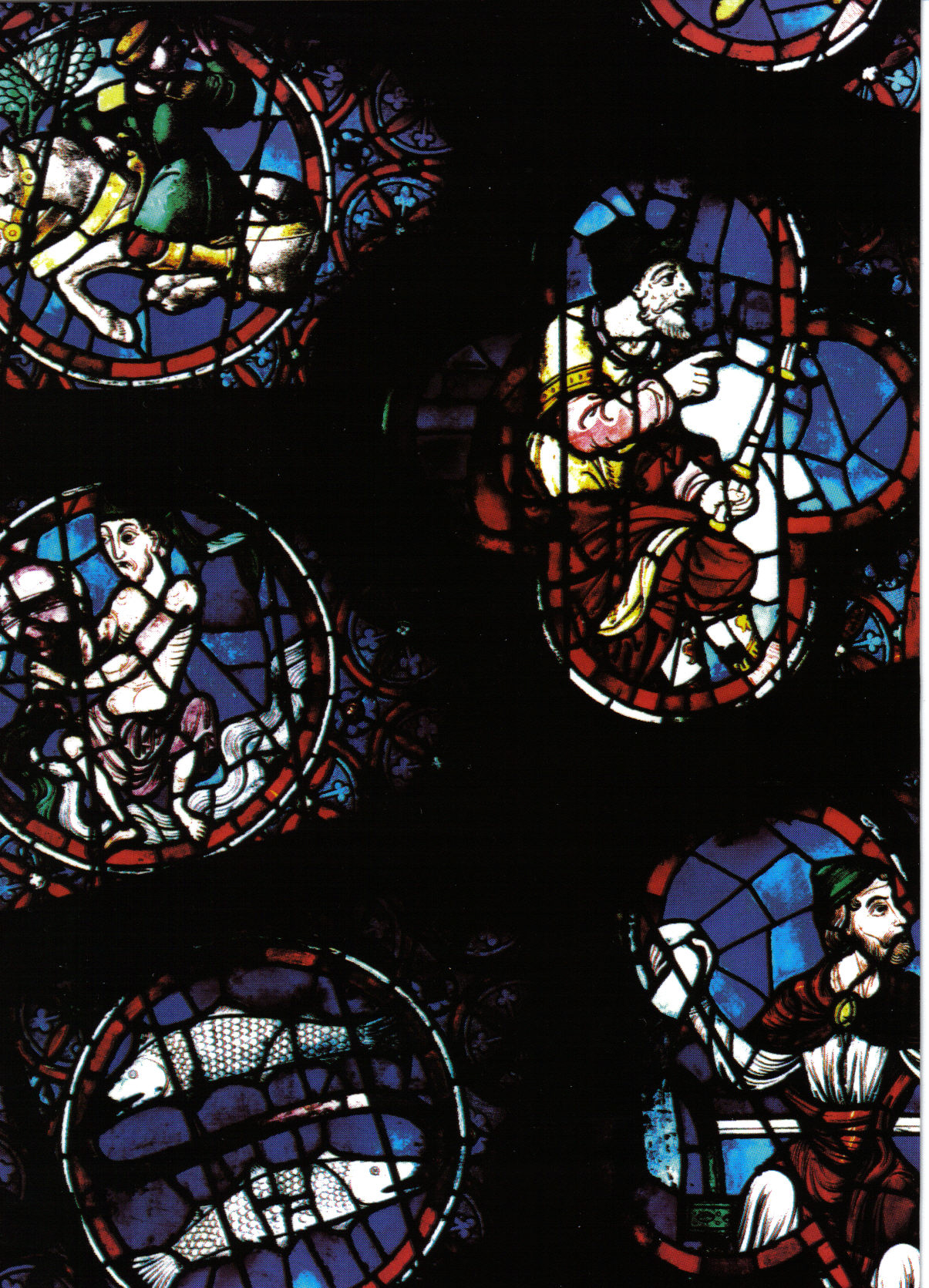
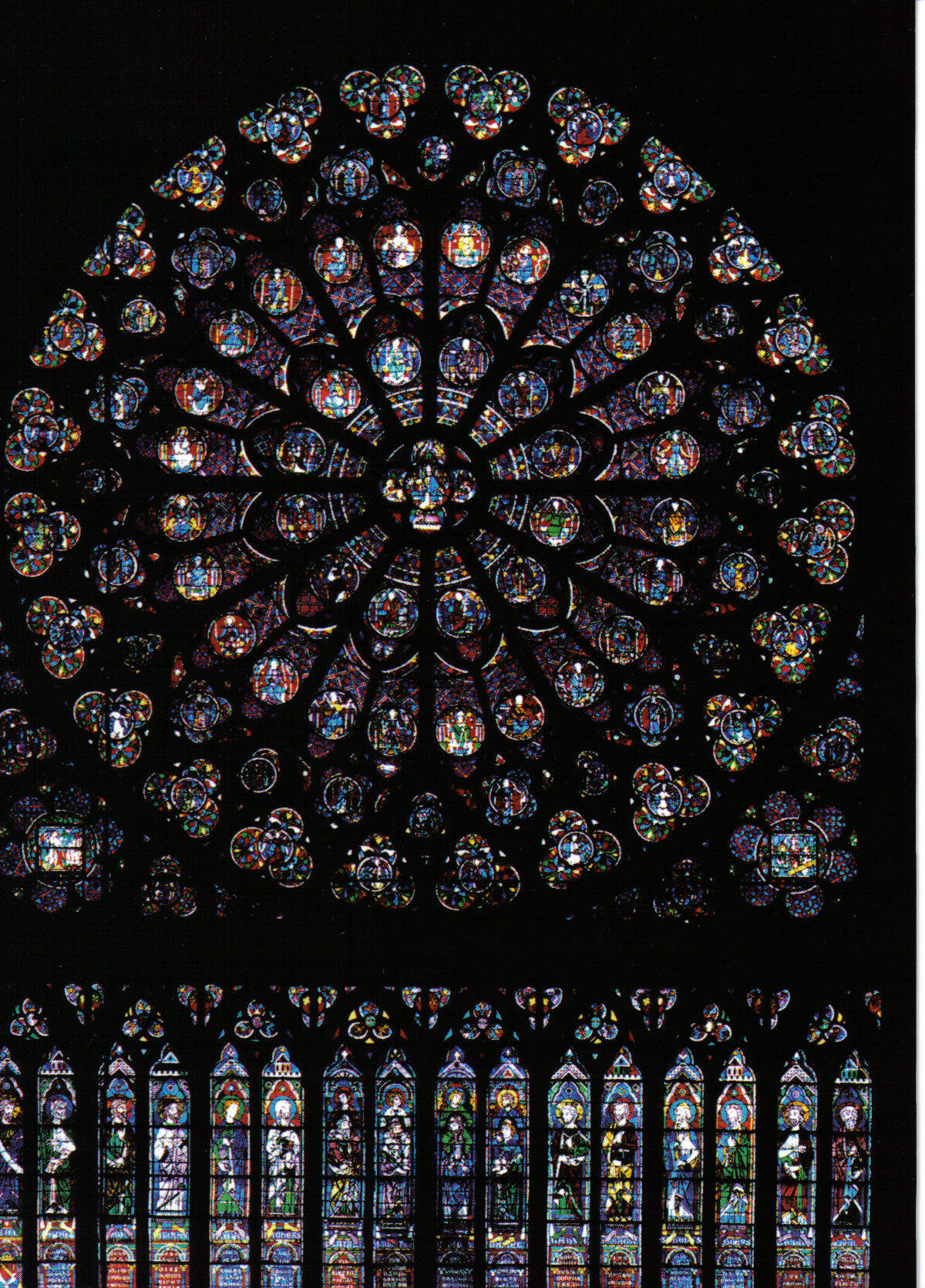
Leave A Comment
You must be logged in to post a comment.